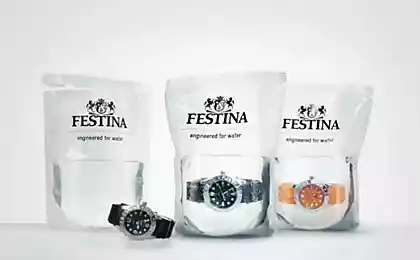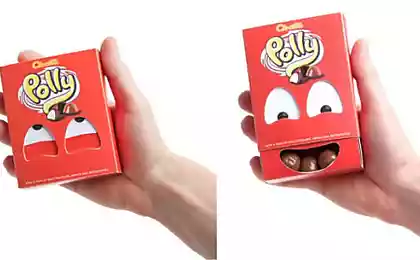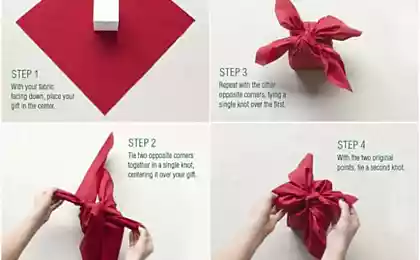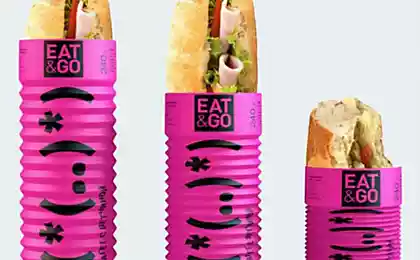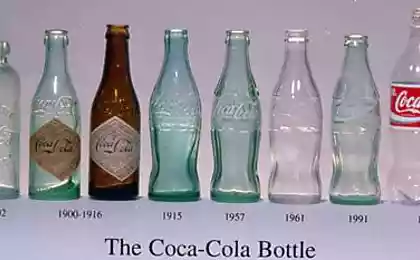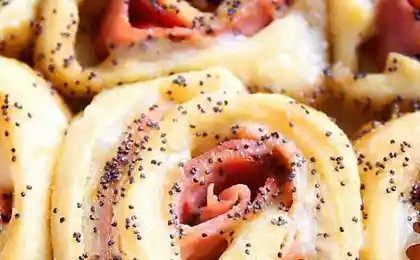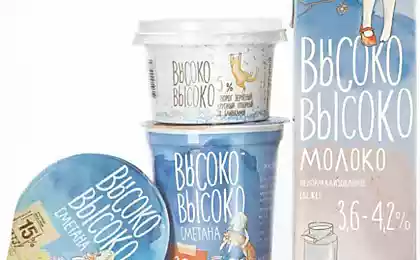882
Packing in Japanese
Japanese design was considered, and considered to be considered one of the most advanced and innovative in mire.Dizayn Japanese package has a deep history that is completely different from the history of packaging in Europe, America and other developed countries. If the concept of packaging in Europe first implies a meaning of "close", "conclude", "save", then in Japan, initially under the package was meant "wrap", "wrapping". Even a literal translation from Japanese to English sounds rather than package design, and wrapping design.
Japanese design is very versatile. On the one hand it is the simplicity, elegance and stylish minimalism of Japanese packaging, on the other hand - the use of sophisticated techniques of origami, furoshiki and traditional packaging materials - straw, silk and bamboo.
ProstotaProstota and refinement - Japanese ideals of beauty. The design of the Japanese are adherents of stylish minimalism. This is the true value at international festivals and packaging design.
Packing for confectionery. Grand Prix of Japan Package Design Awards 2011

Candy


Shades of light bulbs

Soy water
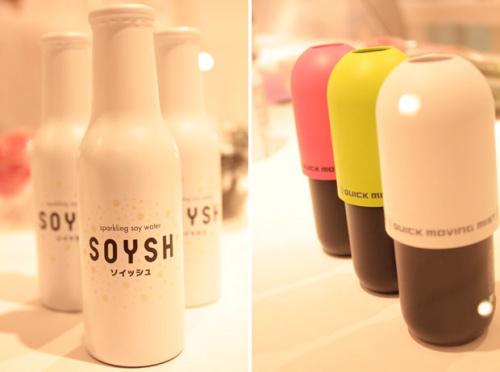
Adhesive sheets for recording design studio D-Bros issued in the form of juicy fruits notched. The grid, like the one that sells the real fruit, packed with 150 leaves on a wooden stem.

Packing-ball ball for tofu or Japanese puddings made of an elastic material that is easy to change the size. One has only to pierce with a toothpick packaging - and from it will be only a small piece of rubber.

Plastic bag Lake


Chocolate pencils


Minimalistic tea

Juice of fruits

Laconically box for scarves

The cosmetic line
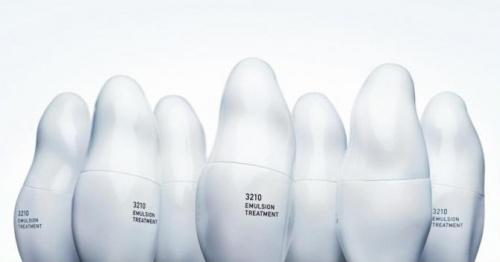
Perfume
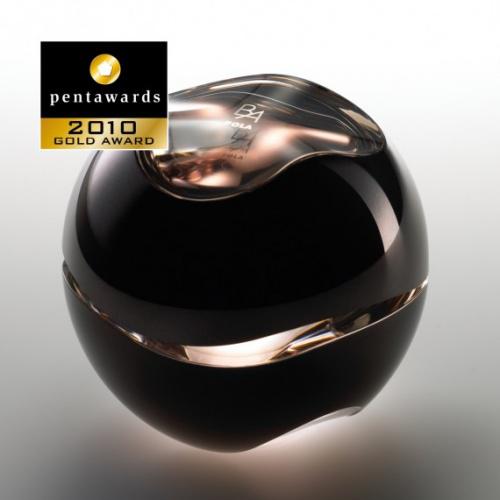
Milk

Coffee

Tea

KavayYapontsy resort to the aesthetics "Kawai" in the design of a completely different categories of products, from condoms and finishing matches. They manage to make a pretty cute and any packaging, decorating its funny characters, mascots.
Matches

Snacks

Collapsible bag
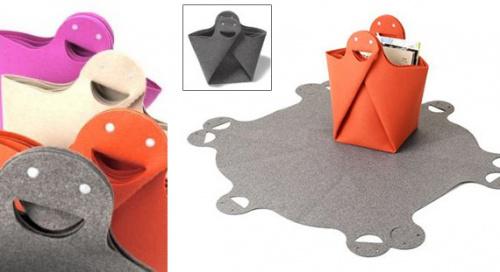
Drops

Salt

TraditsiiNaryadu packaging on common standards is widespread in Japan challenging the traditional packaging. This is mainly Japanese sweets, traditional alcoholic drinks, dishes and chopsticks, accessories for a variety of Japanese schools of calligraphy, ikebana, martial arts and so on. The packaging of such products used traditional materials: Japanese paper, wood, bamboo, straw, silk. Often, such packaging has a complex geometric shape.



Another tradition - graphic culture. Which may occur, for example, in a package of soda.
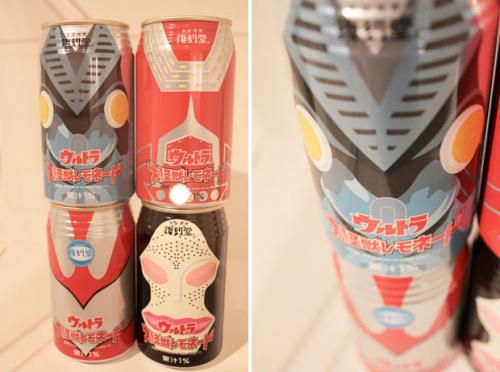
Origami and Japanese furoshikiPerevospitat do one kilogram sack of cookies is unlikely someone will be able to. The Japanese box each cookie will be packed separately, every five pieces will be folded in a plastic container with compartments, all packed in a cardboard box with some explanatory little book, then everything is wrapped in paper and placed in a separate paper bag. Packages Japanese folded as deftly as origami. And have fun already starts from the process of unfolding.

Famous Japanese sweets are always wrapped Furoshiki technique (literally translated as "bath mat" and a square piece of cloth, which since ancient times was used for wrapping and carrying items of any shape and size). Each candy necessarily separately.
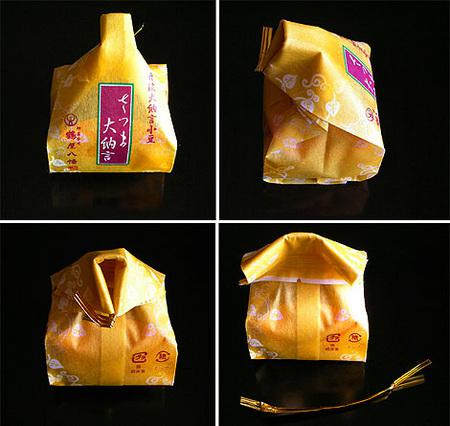

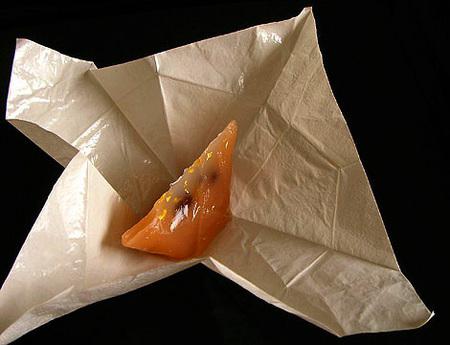
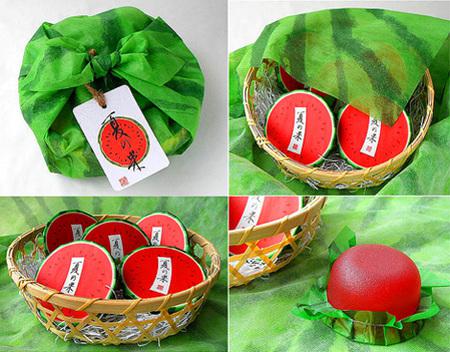
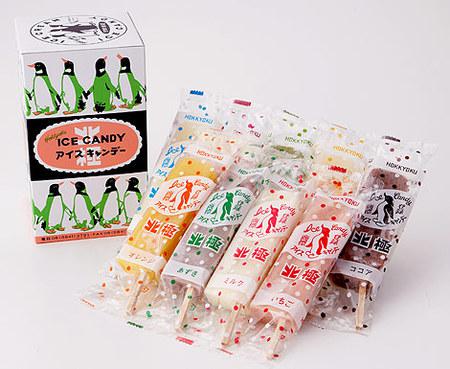


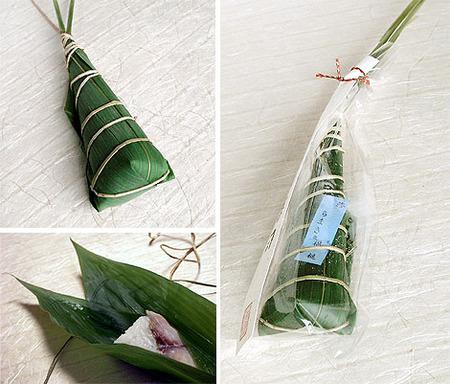
FunktsionalnostV nature of the Japanese - to do things not just beautiful, but also comfortable with a purely functional point of view. It is difficult to imagine a situation where the elegant Japanese package would have been completely incomprehensible: how to discover how to uncork and had to have her teeth to tear or break of her nails that are often found in the design of both European and American packaging.
Onigiri - Japanese fast food - sold in any grocery store and are very cheap. This triangular-shaped rice bun with fish or other fillings wrapped in "Nori" - dried seaweed pressed. Onigiri packaging problem was that onigiri rice component should be wrapped in nori just before use. One could certainly pack the rice and nori separately, but then most of the difficulty was to use onigiri "on the fly" due to the large loss of time, first in the process of deploying components, and then the subsequent "HERZ-TS" one to another. Was coined packaging design used today, regardless of the manufacturer themselves onigiri.

Rice bun wrapped packaging film, cut in the middle (median) of the triangle, the second layer of packing is nori. The third outer layer is the actual packaging onigiri, torn again by median triangle before use and easy to pull out with the first layer of the film. As a result of simple manipulations layer remains on the nori rice balls. Simple, fast, tasty and healthy!
Packaging of instant noodles from the colander. Depending on the type of noodle varies the number and size of holes.

Mini packaging for sauces, oils, ketchup or syrup. The mechanism is simple: to bend the container between two fingers, whereby the packing is broken, and the contents of the middle follows.

Very popular packaging for butter or margarine. The hole in the container allows you to leave the knife for spreading inside. It is safe and saves time.

Disposable capsule for honey from Meijiya. We have a head capsule, which must be unscrewed. After that honey can be poured through a small hole appeared.
See more: Crazy Japanese packaging
Japanese advertisement - they smoke?
via / kreativnyj-obzor / sumasshedshaya-yaponskaya-reklama-193205 /
Japanese design is very versatile. On the one hand it is the simplicity, elegance and stylish minimalism of Japanese packaging, on the other hand - the use of sophisticated techniques of origami, furoshiki and traditional packaging materials - straw, silk and bamboo.
ProstotaProstota and refinement - Japanese ideals of beauty. The design of the Japanese are adherents of stylish minimalism. This is the true value at international festivals and packaging design.
Packing for confectionery. Grand Prix of Japan Package Design Awards 2011

Candy


Shades of light bulbs

Soy water

Adhesive sheets for recording design studio D-Bros issued in the form of juicy fruits notched. The grid, like the one that sells the real fruit, packed with 150 leaves on a wooden stem.

Packing-ball ball for tofu or Japanese puddings made of an elastic material that is easy to change the size. One has only to pierce with a toothpick packaging - and from it will be only a small piece of rubber.

Plastic bag Lake


Chocolate pencils


Minimalistic tea

Juice of fruits

Laconically box for scarves

The cosmetic line

Perfume

Milk

Coffee

Tea

KavayYapontsy resort to the aesthetics "Kawai" in the design of a completely different categories of products, from condoms and finishing matches. They manage to make a pretty cute and any packaging, decorating its funny characters, mascots.
Matches

Snacks

Collapsible bag

Drops

Salt

TraditsiiNaryadu packaging on common standards is widespread in Japan challenging the traditional packaging. This is mainly Japanese sweets, traditional alcoholic drinks, dishes and chopsticks, accessories for a variety of Japanese schools of calligraphy, ikebana, martial arts and so on. The packaging of such products used traditional materials: Japanese paper, wood, bamboo, straw, silk. Often, such packaging has a complex geometric shape.



Another tradition - graphic culture. Which may occur, for example, in a package of soda.

Origami and Japanese furoshikiPerevospitat do one kilogram sack of cookies is unlikely someone will be able to. The Japanese box each cookie will be packed separately, every five pieces will be folded in a plastic container with compartments, all packed in a cardboard box with some explanatory little book, then everything is wrapped in paper and placed in a separate paper bag. Packages Japanese folded as deftly as origami. And have fun already starts from the process of unfolding.

Famous Japanese sweets are always wrapped Furoshiki technique (literally translated as "bath mat" and a square piece of cloth, which since ancient times was used for wrapping and carrying items of any shape and size). Each candy necessarily separately.








FunktsionalnostV nature of the Japanese - to do things not just beautiful, but also comfortable with a purely functional point of view. It is difficult to imagine a situation where the elegant Japanese package would have been completely incomprehensible: how to discover how to uncork and had to have her teeth to tear or break of her nails that are often found in the design of both European and American packaging.
Onigiri - Japanese fast food - sold in any grocery store and are very cheap. This triangular-shaped rice bun with fish or other fillings wrapped in "Nori" - dried seaweed pressed. Onigiri packaging problem was that onigiri rice component should be wrapped in nori just before use. One could certainly pack the rice and nori separately, but then most of the difficulty was to use onigiri "on the fly" due to the large loss of time, first in the process of deploying components, and then the subsequent "HERZ-TS" one to another. Was coined packaging design used today, regardless of the manufacturer themselves onigiri.

Rice bun wrapped packaging film, cut in the middle (median) of the triangle, the second layer of packing is nori. The third outer layer is the actual packaging onigiri, torn again by median triangle before use and easy to pull out with the first layer of the film. As a result of simple manipulations layer remains on the nori rice balls. Simple, fast, tasty and healthy!
Packaging of instant noodles from the colander. Depending on the type of noodle varies the number and size of holes.

Mini packaging for sauces, oils, ketchup or syrup. The mechanism is simple: to bend the container between two fingers, whereby the packing is broken, and the contents of the middle follows.

Very popular packaging for butter or margarine. The hole in the container allows you to leave the knife for spreading inside. It is safe and saves time.

Disposable capsule for honey from Meijiya. We have a head capsule, which must be unscrewed. After that honey can be poured through a small hole appeared.
See more: Crazy Japanese packaging
Japanese advertisement - they smoke?
via / kreativnyj-obzor / sumasshedshaya-yaponskaya-reklama-193205 /

